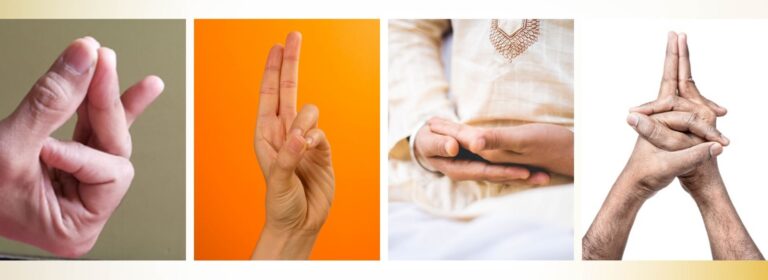Yoga Practice Name
Yoga Mudra


Yoga Mudra
Yoga Mudrā (योग मुद्रा) is a specific hand gesture or body position used in yoga practices that helps in the channeling of energy and concentration during meditation, breathing exercises, or physical postures.
The word "Mudrā" translates to "seal" or "gesture" in Sanskrit, and it refers to symbolic hand positions that are intended to guide and regulate the flow of energy within the body. The term "Yoga" means union or discipline, hence Yoga Mudrā is a gesture or seal that aids in deepening one's practice, aligning the body, and enhancing the flow of prāṇa (life force energy).
Yoga Mudrā is often used to:
It is widely practiced in meditation, pranayama (breathing techniques), and during seated yoga poses to enhance the spiritual and physical benefits of yoga. Various types of Yoga Mudras target different energy systems or elements within the body, each serving a unique purpose.